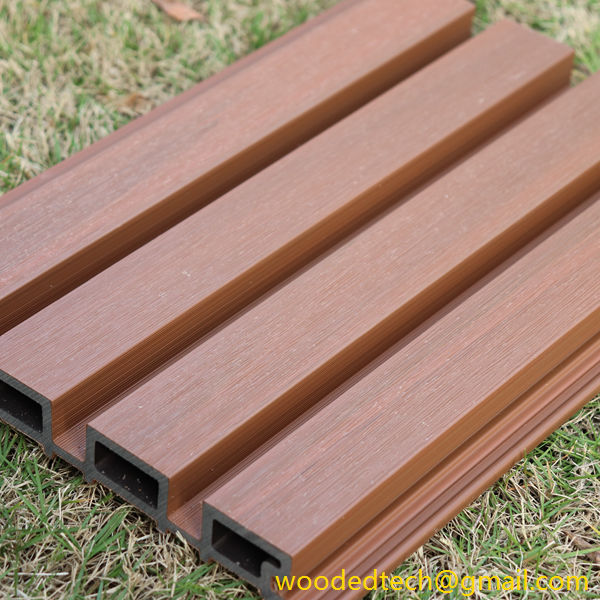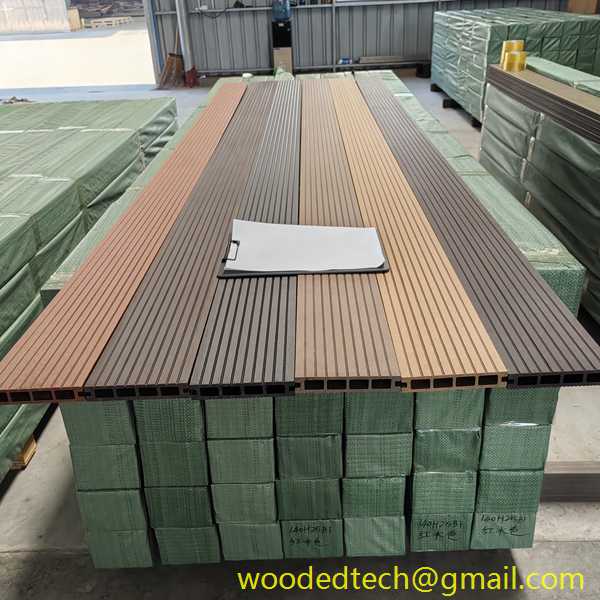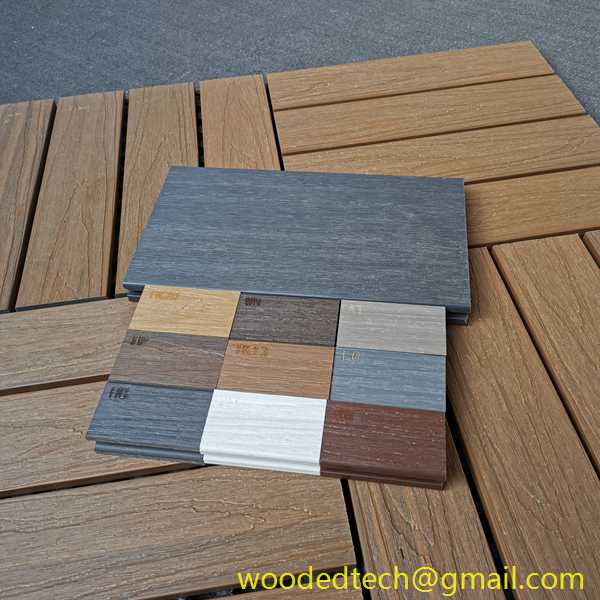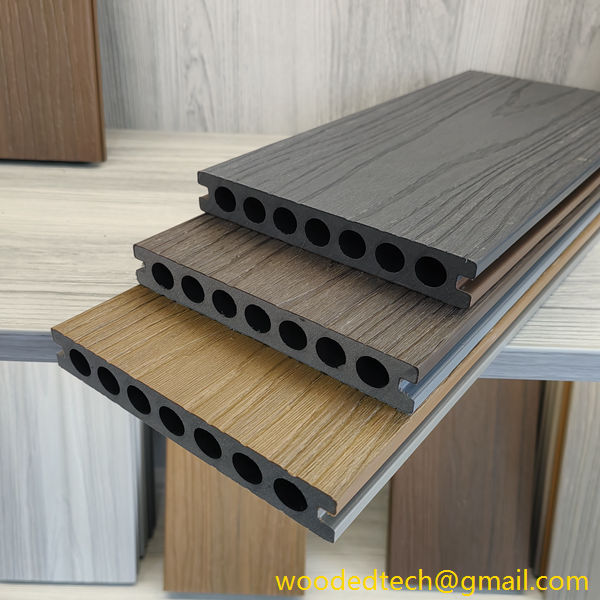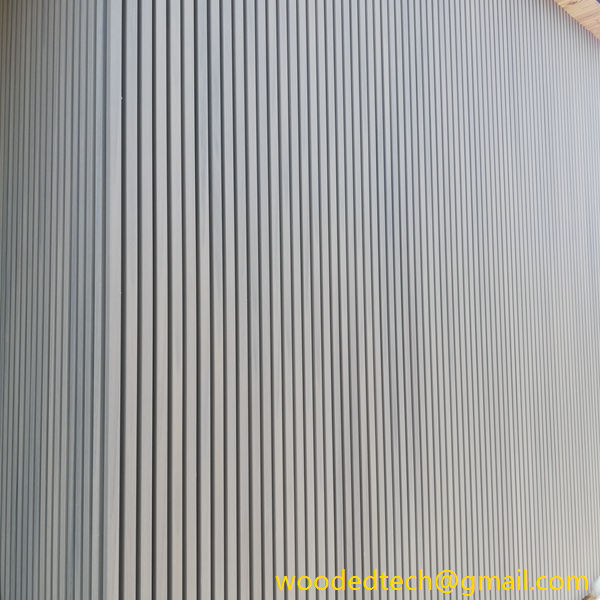What Is Composite Decking Made Of and Why It Matters
Composite decking has gained significant popularity in recent years due to its durability, low maintenance requirements, and aesthetic appeal. Understanding what composite decking is made of and the significance of its composition is crucial for homeowners and builders alike.
At its core, composite decking is manufactured from a blend of wood fibers and plastic. This combination creates a material that mimics the appearance of natural wood while offering enhanced performance characteristics. The primary components of composite decking can be broken down into two main categories: wood fibers and plastic polymers.
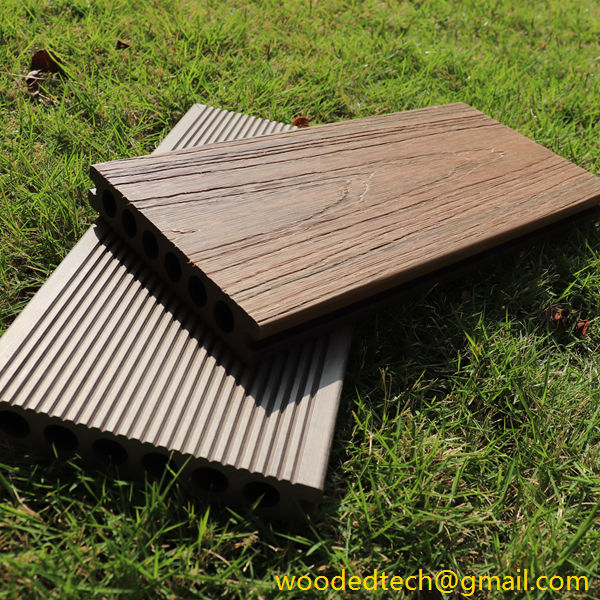
Wood fibers are typically sourced from recycled wood products, which may include sawdust, wood shavings, or other wood by-products. This use of recycled materials not only contributes to environmental sustainability but also helps reduce waste. The incorporation of wood fibers provides a natural look and feel to composite decking, making it an attractive option for outdoor living spaces.
On the other hand, the plastic component is usually made from recycled polyethylene or polypropylene. These plastics are sourced from various consumer products, such as plastic bags, containers, and bottles. By using recycled plastics, manufacturers can significantly decrease the amount of new plastic entering landfills, thereby minimizing the environmental impact. The plastic component enhances the overall durability of composite decking, making it resistant to rot, decay, and insect infestation.
The manufacturing process for composite decking involves several key steps. First, the wood fibers and plastic are combined in a specific ratio to achieve the desired properties. This mixture is then subjected to heat and pressure in a process known as extrusion. During extrusion, the materials are melted and formed into boards, which are then cooled and cut to size. This method allows for the production of uniform boards with consistent quality.
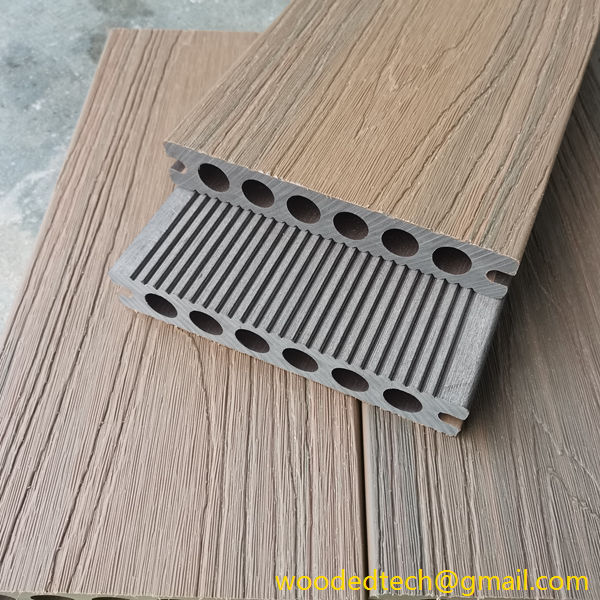
Another important aspect of the composite decking manufacturing process is the addition of various additives. These may include UV inhibitors, colorants, and anti-fungal agents. UV inhibitors help protect the decking from fading due to sun exposure, ensuring that the color remains vibrant over time. Colorants can be added to create a wide range of shades and finishes, allowing homeowners to choose a style that complements their outdoor environment. Anti-fungal agents are crucial for preventing mold and mildew growth, particularly in humid climates.
The significance of understanding the composition of composite decking lies in its performance and longevity. Unlike traditional wood decking, which requires regular staining, sealing, and maintenance, composite decking is designed to withstand the elements with minimal upkeep. Its resistance to moisture, insects, and UV damage means that homeowners can enjoy their outdoor spaces without the hassle of constant maintenance.
Moreover, the eco-friendly nature of composite decking makes it an appealing choice for environmentally conscious consumers. By utilizing recycled materials in its production, composite decking contributes to a circular economy, reducing the demand for new resources. This aspect not only benefits the environment but also aligns with the growing trend of sustainable building practices.
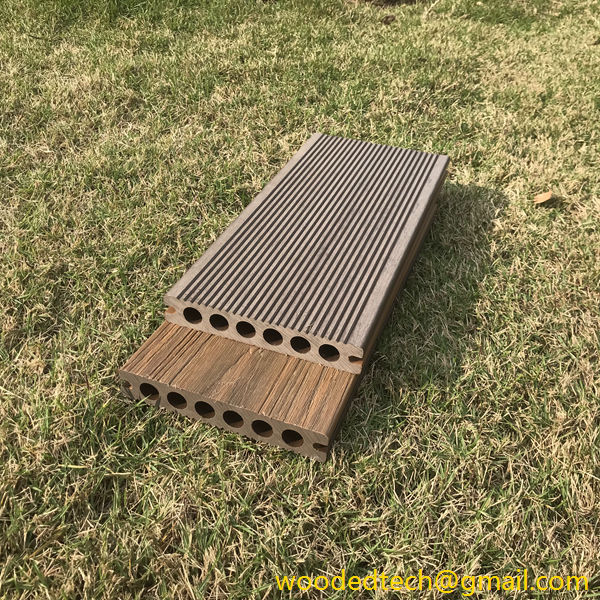
In terms of installation, composite decking is relatively easy to work with. It can be cut and shaped like traditional wood, allowing for versatility in design. Additionally, many manufacturers offer hidden fasteners that create a clean, seamless appearance without visible screws on the surface. This not only enhances the aesthetic appeal but also contributes to safety, as there are fewer protruding elements that could pose a tripping hazard.
In conclusion, composite decking is made from a combination of wood fibers and plastic, with additional additives to enhance its performance. The manufacturing process involves careful blending, extrusion, and the incorporation of recycled materials, making it an environmentally friendly option for outdoor spaces. Understanding what composite decking is made of is essential for making informed decisions about outdoor living projects. Its durability, low maintenance requirements, and aesthetic versatility make it a popular choice among homeowners and builders alike. As the demand for sustainable building materials continues to rise, composite decking stands out as a practical and appealing option for enhancing outdoor living areas.

